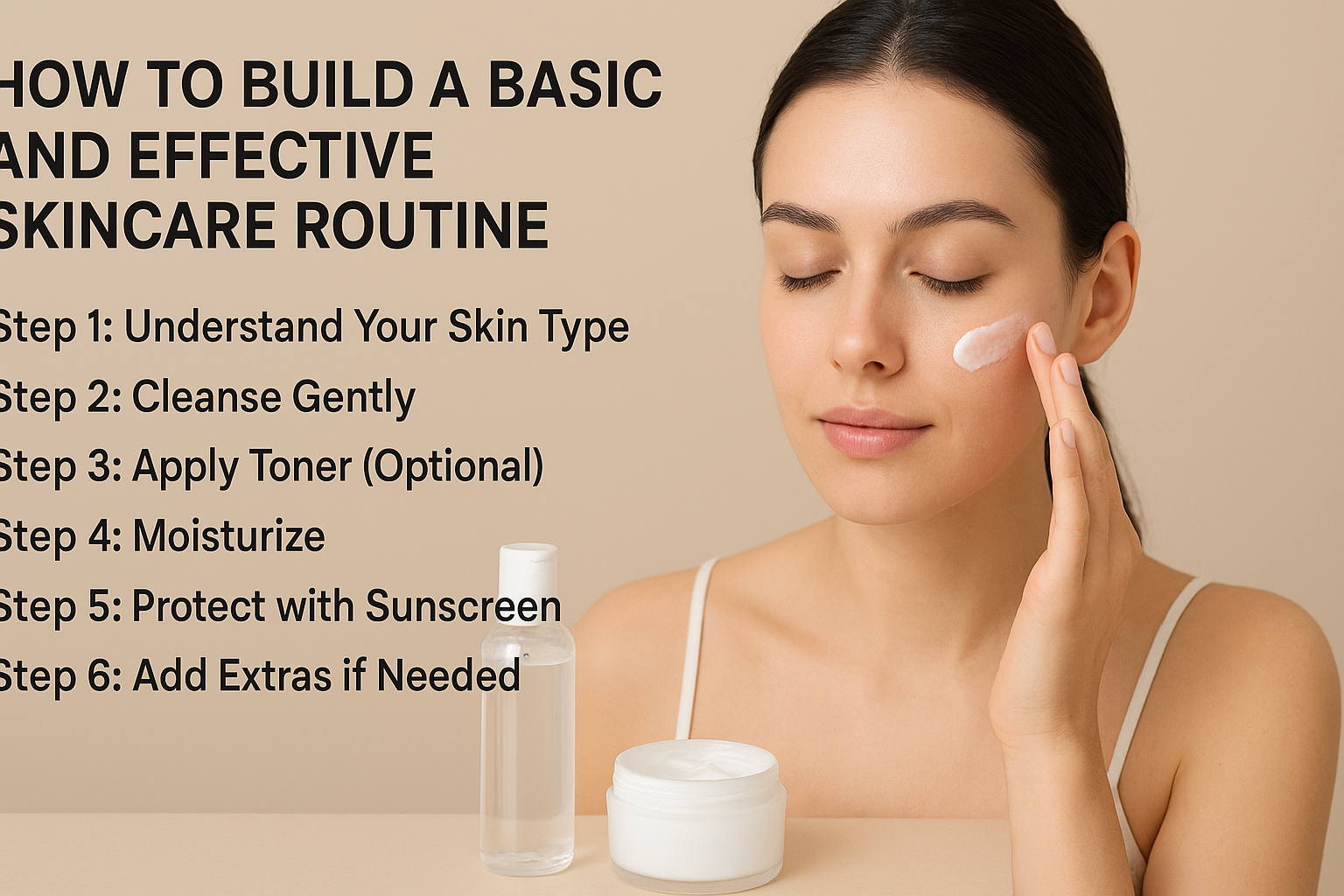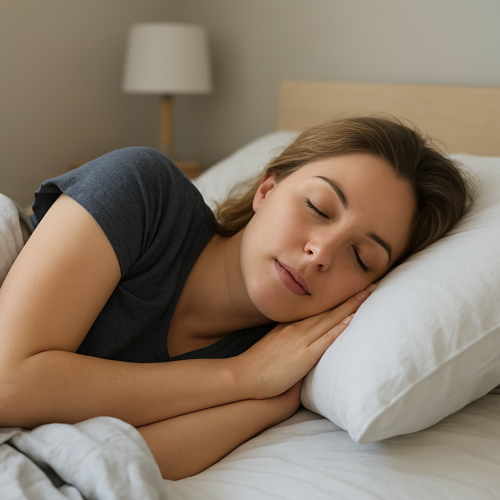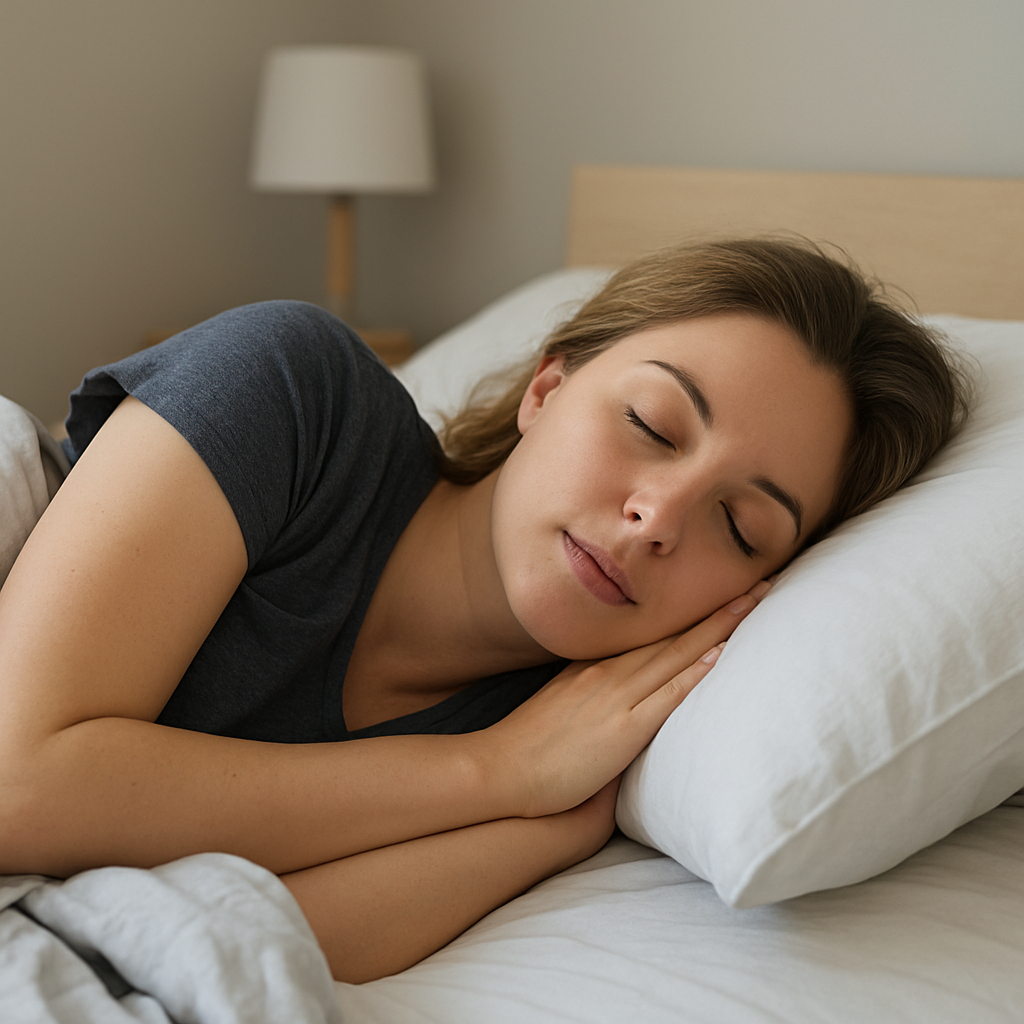When it comes to skincare, the biggest mistake many people make is either overcomplicating their routine with too many products or skipping essential steps altogether. The truth is, you don’t need a shelf full of fancy products to achieve healthy, glowing skin. What you really need is a simple, consistent routine that focuses on the essentials.
A good skincare routine doesn’t just improve how your skin looks today; it also protects it for the future. Let’s walk through the steps of creating a basic and effective skincare routine that works for most skin types.
Step 1: Understand Your Skin Type
Before you choose any products, it’s important to know your skin type. Each type has different needs:
- Normal skin: Balanced, not too oily or dry.
- Oily skin: Produces excess oil, often shiny and prone to breakouts.
- Dry skin: Feels tight, rough, or flaky.
- Combination skin: Oily in some areas (usually the T-zone) and dry in others.
- Sensitive skin: Easily irritated, may become red or itchy.
Knowing your skin type helps you pick the right cleanser, moisturizer, and other products that won’t irritate your skin.
Step 2: Cleanse Gently
Cleansing is the foundation of any skincare routine. It removes dirt, oil, sweat, and impurities that build up throughout the day.
- Use a gentle cleanser suited for your skin type.
- Avoid harsh soaps that strip away natural oils.
- Wash your face twice a day: in the morning and at night.
- Always use lukewarm water instead of hot water to prevent dryness.
Cleansing properly prepares your skin for the next steps.
Step 3: Apply Toner (Optional)
Toner isn’t always necessary, but it can be helpful for balancing the skin and removing any leftover residue after cleansing.
- For oily or acne-prone skin, choose a toner with ingredients like witch hazel or salicylic acid (without alcohol).
- For dry or sensitive skin, look for hydrating toners with rose water or aloe vera.
Think of toner as a “prep” step that refreshes your skin and enhances absorption of moisturizer or serum.
Step 4: Moisturize
Moisturizer is essential for all skin types — even oily skin. It helps lock in hydration, protects the skin barrier, and keeps your face soft and smooth.
- Choose a lightweight gel moisturizer for oily skin.
- Opt for creamier textures if you have dry skin.
- Apply right after cleansing (and toning, if you use one) to seal in moisture.
Healthy, moisturized skin is more resilient and looks more radiant.
Step 5: Protect with Sunscreen
The most important step in any routine is sunscreen. UV rays can damage the skin every single day, even when it’s cloudy or cold. Sunscreen helps prevent premature aging, dark spots, and dryness.
- Use a broad-spectrum sunscreen with SPF 30 or higher.
- Apply it every morning as the last step of your skincare routine.
- Reapply if you’re outdoors for extended periods.
If you make sunscreen a habit, you’re protecting your skin in the long term.
Step 6: Add Extras if Needed
Once you’ve mastered the basics, you can add extra steps based on your needs. These are optional but can enhance your routine:
- Exfoliation: Once or twice a week to remove dead skin cells.
- Serums: Lightweight treatments with concentrated ingredients (like vitamin C for brightness or hyaluronic acid for hydration).
- Face masks: Hydrating or clarifying masks to give your skin a boost.
Start small and add slowly — your skin needs time to adjust.
Step 7: Be Consistent
The key to skincare success is consistency. A routine that’s simple and done daily will always give better results than a complicated routine you can’t maintain.
- Stick to morning and night cleansing, moisturizing, and sunscreen.
- Avoid changing products too often; give them time to work.
- Track how your skin reacts and adjust slowly if needed.
Consistency is what helps your skin stay balanced and healthy over time.
Final Thoughts: Keep It Simple, Keep It Steady
An effective skincare routine doesn’t need to be overwhelming. By focusing on the essentials — cleansing, moisturizing, and protecting — you’re already covering the most important aspects of skin health. Over time, you can customize your routine with additional products, but starting simple makes it easier to stay consistent.
Remember: great skin is less about having the most expensive products and more about building small, daily habits that add up over time.








